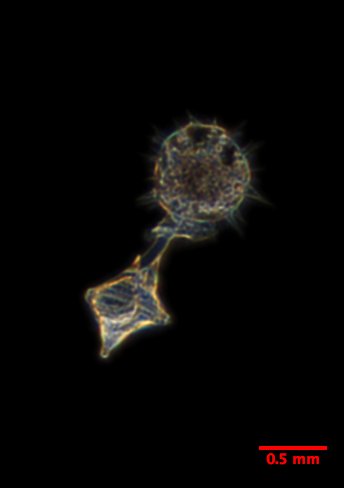In early June we added two custom designed Zebra-Tech Hydro-Wipers to the camera system to automatically cleaning the view ports and reduce the number of port cleaning dives required and increase the data quality between cleanings. The wipers have been running once an hour for the last three months. The wipers have made a huge improvement in data quality and reduction in cleaning effort. The ports can now be left for several months at a time without the need for manual cleaning while the port surface remains nearly as clean as immediately after a manual cleaning by divers.
Below are two videos of the new wiper setup. The first video shows the ports after 6 weeks without any manual cleaning, the second video shows the wiper in action. Videos are courtesy of Jimmy Fumo and Melissa Carter.


